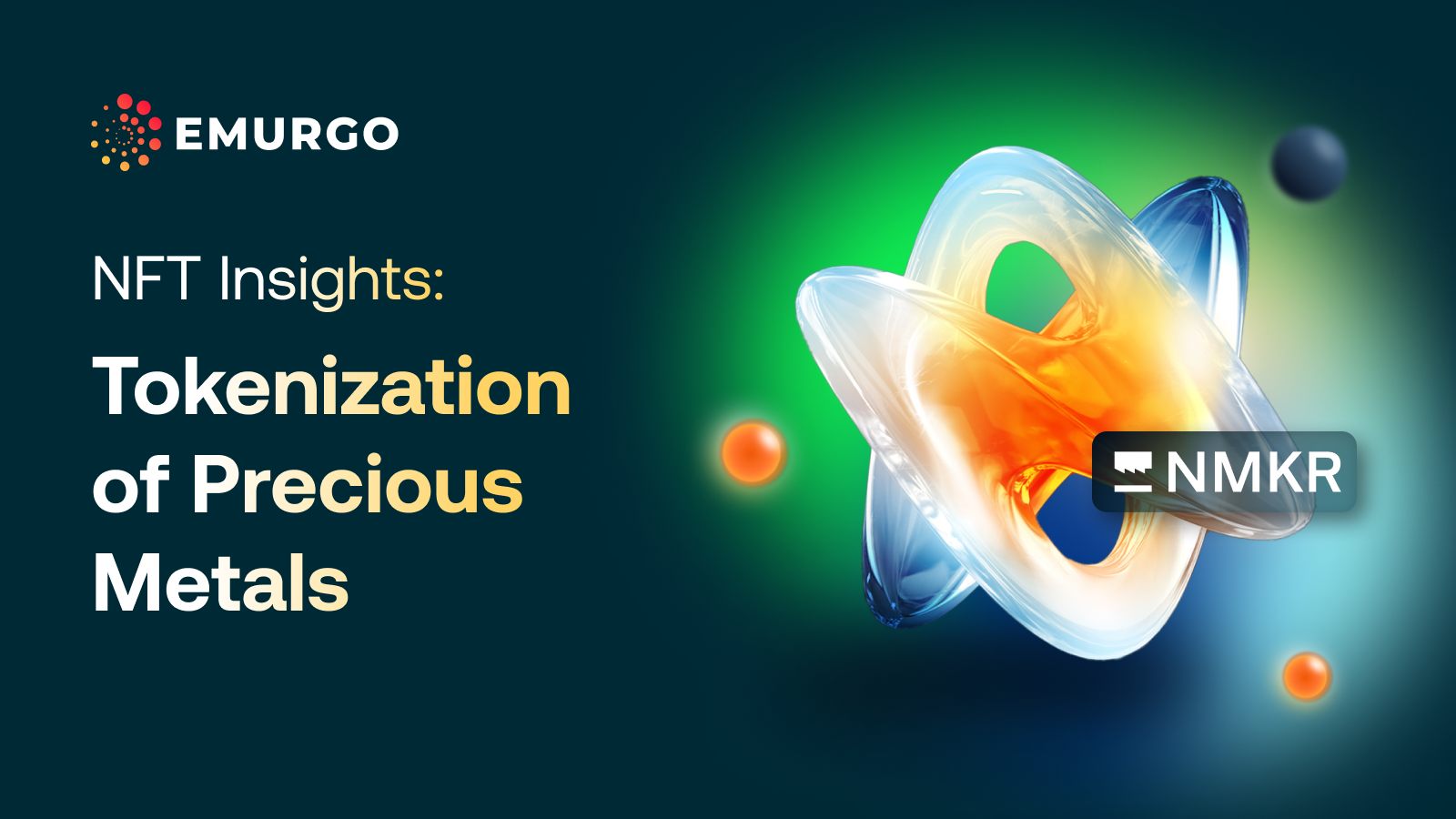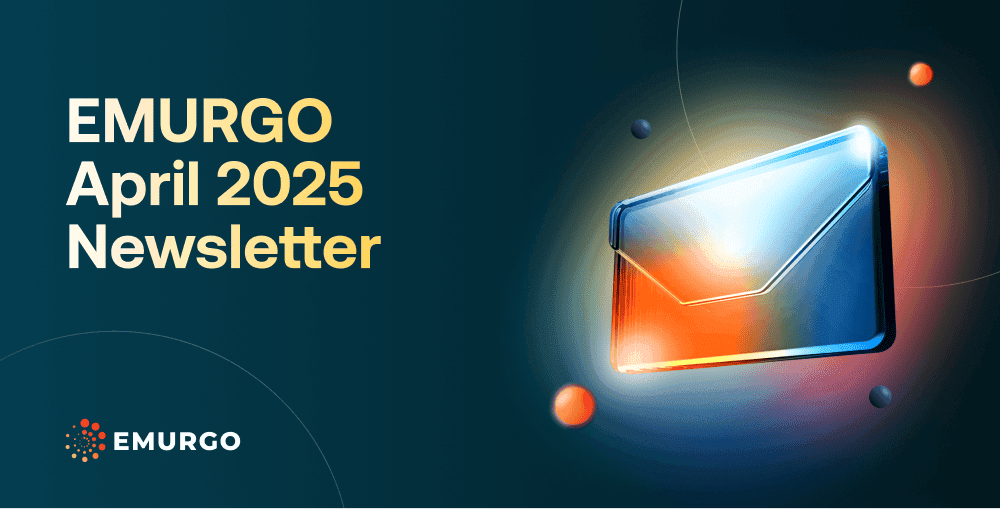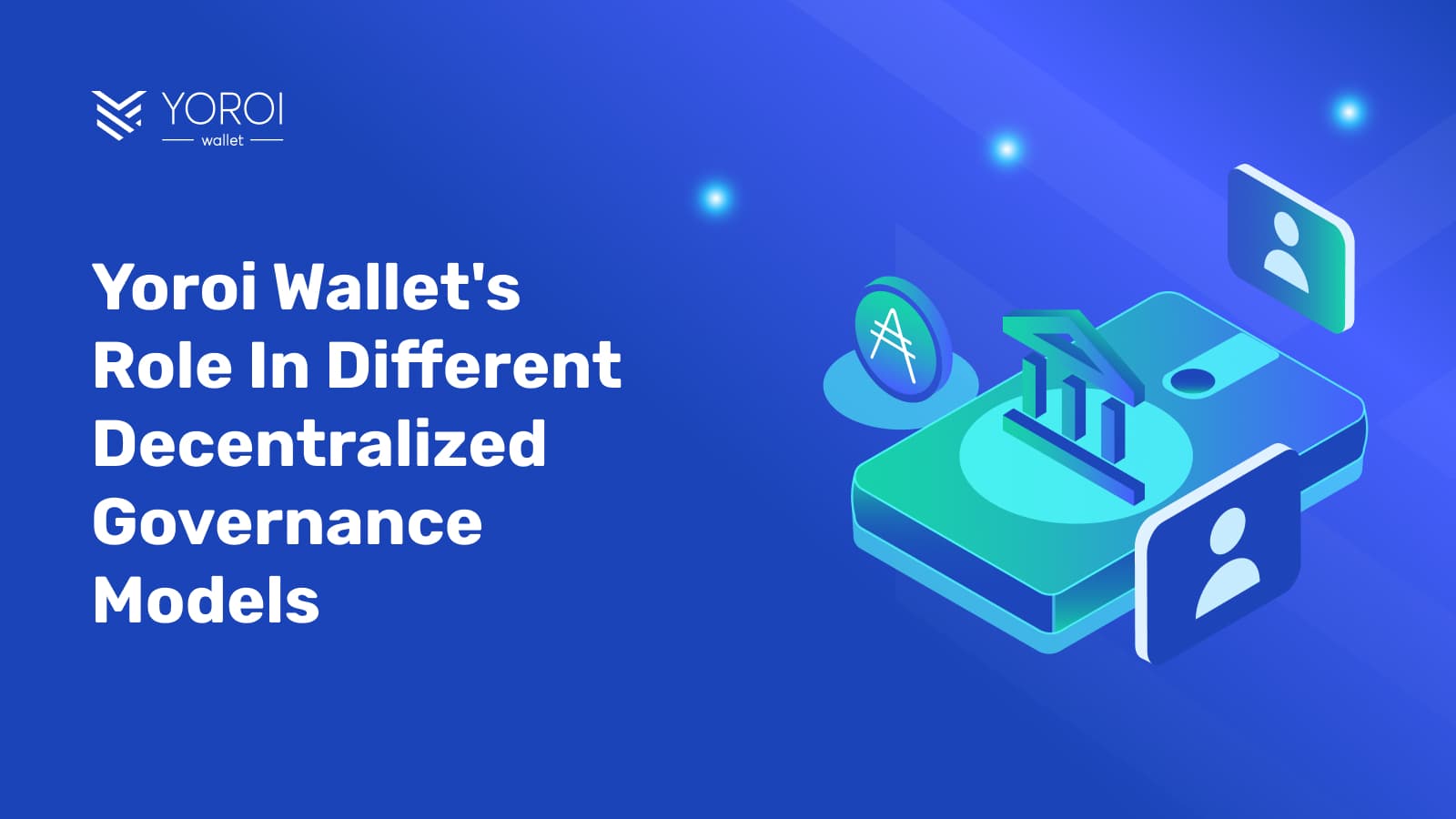This latest blog on asset tokenization using blockchain and NFTs focuses on precious metals such as gold, silver, platinum, etc.
Many stakeholders are involved in the business of precious metals including mines, ports, refineries, agencies, exchanges, and more.
With the involvement of many stakeholders, precious metals are an interesting potential use case for asset tokenization to provide greater transparency, asset liquidity, and stakeholder accountability, among other benefits.
Precious metals are rare, naturally occurring commodities with a long history of providing economic value. They have been and continue to be used for their physical properties in industrial applications and as a store of value or investment asset.
They are also valued for their physical beauty, durability, and rarity.
Tokenized real-world assets (RWA) can exist on a blockchain network as digital tokens backed by the actual assets.
These tokens are digital representations of an asset, issued on a particular blockchain with relevant information and transactions recorded for others to verify and see. This would provide a clearer picture and more accountability for all involved stakeholders.
These tokenized assets can then be transacted by those interested in buying and selling such assets.
By utilizing the fast, transparent, and digital properties of blockchain technology, tokenized real-world assets could receive enhanced liquidity, faster settlements, lower transaction costs, and greater security.
Related reading:
- How can blockchain provide new business opportunities for companies?
- 5 interesting use cases for NFTs and asset tokenization
- Future forecast for asset tokenization
In the case of tokenized precious metals, there would also be regulations to consider since the trading of these assets is regulated by several public agencies, and requires identity verification.
This reality is true whether they are sold on precious metal exchanges or the blockchain. Yet, it is important to understand that there are regulations around these assets.
However, due to the current lack of clear and aligned regulatory frameworks around the world regarding tokenization, precious metals are one potential use case being looked at for asset tokenization should greater clarity be granted soon.
There are several potential advantages to tokenizing precious metals for businesses and individuals. Some examples include:

Affordability: A tokenized asset can be fragmented into smaller chunks. This can enable more individuals to buy the assets they desire with smaller amounts.
Security: Blockchain networks can transparently track transactions in real time. The more established decentralized blockchains have already recorded millions of transactions open for anyone to verify. Due to its track history and digital transparency properties, blockchain reduces the potential for human accounting errors.
Anti-counterfeit: There have been instances of counterfeited precious metals and instances where they have been extracted in conflict zones or by breaking environmental laws. Tokenized assets can have the complete history of their origin for anyone in the market to verify. By using blockchain, it enhances the authenticity of precious metals for both buyers and sellers.
Lower transaction costs: There are fees when trading physical precious metals and also several intermediaries. With fewer middlemen for tokenized precious metals, it could make them cheaper and more efficient to transact.
Global market: Stakeholders involved with precious metals are located all over the world. Tokenization could potentially connect these stakeholders and make it easier to participate in the logistics, purchasing, and/or selling of precious metals when appropriate.
NMKR provides businesses and individuals the ability to participate in asset tokenization through the usage of NFTs issued on the Cardano blockchain.
NMKR’s platform has issued more than 2.2 million NFTs with an overall transaction volume surpassing $65 million, for more than 30,000 projects.
It has already demonstrated a real use case for asset tokenization through its partnership with Tiamonds to tokenize and sell NFTs of physical diamonds issued and sold in a 1:1 with each actual diamond.
Read more: A case study into the tokenization of diamonds through NMKR
NMKR has also tokenized e-books with Book.io to create true digital book ownership. When people buy an eBook or Audiobook, they do not technically own it. Readers are only allowed to read or view without the ability to resell them on secondary marketplaces. The tokenization of such books using NMKR’s tokenization technology now empowers ebook readers to own and transact their e-books.
Want to stay on top of the latest news about real-world asset tokenization using blockchain?
Follow EMURGO on X to receive these updates.
About EMURGO
- Official Homepage: emurgo.io
- X (Global): @EMURGO_io
- YouTube: EMURGO channel
- Facebook: @EMURGO.io
- Instagram: @EMURGO_io
- LinkedIn: @EMURGO_io
Disclaimer
You should not construe any such information or other material as legal, tax, investment, financial, or other advice. Nothing contained herein shall constitute a solicitation, recommendation, endorsement, or offer by EMURGO to invest.



